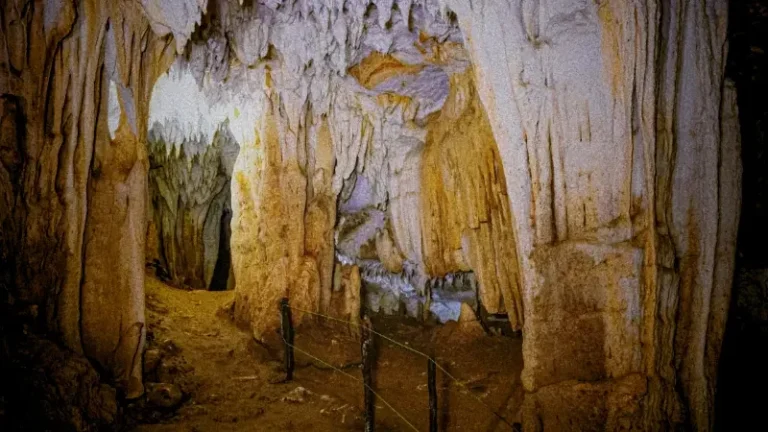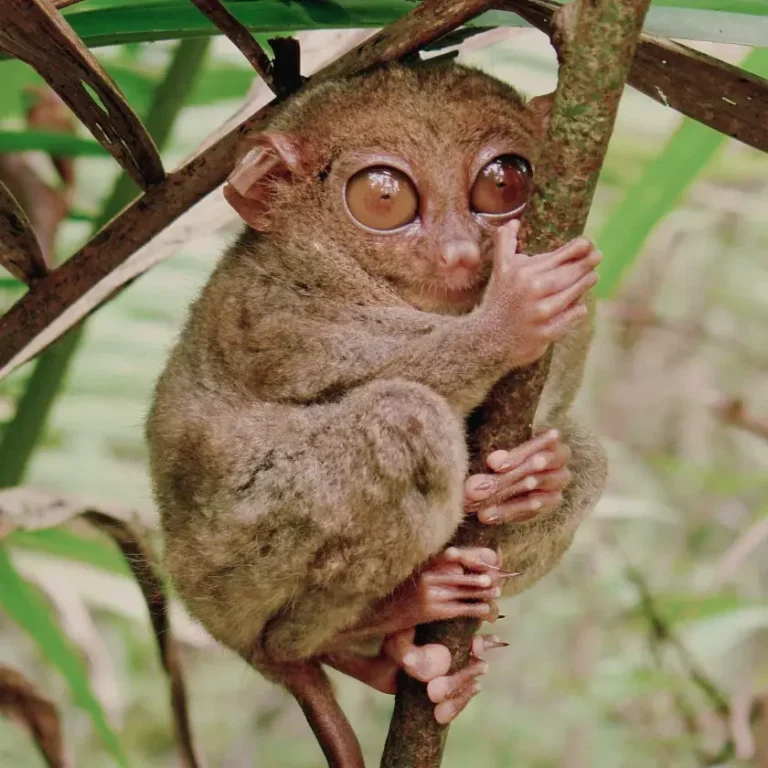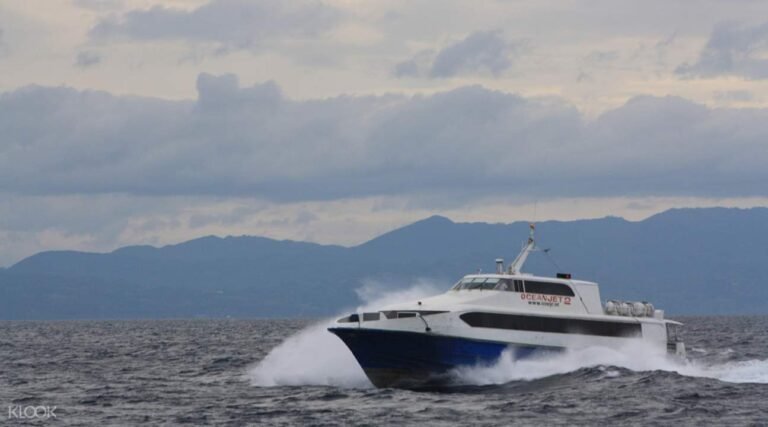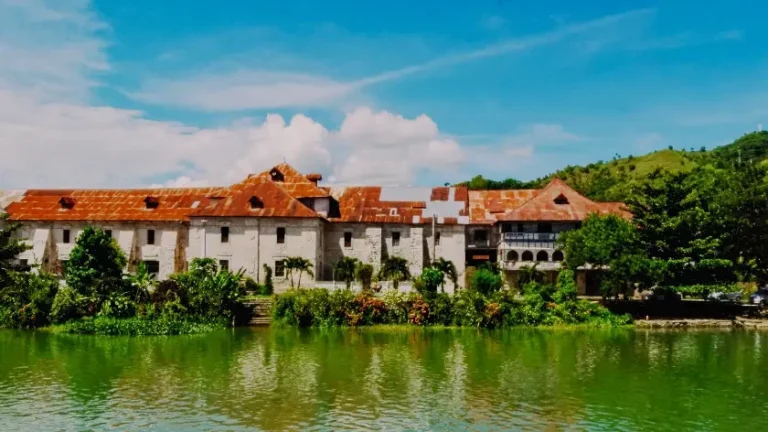👣 The Tarsier Man of Bohol – Carlito Pizarras and the Story of a Conservation Hero
Before tarsiers became the stars of eco-tourism in Bohol, they were once hunted, sold, and stuffed as souvenirs. But one man changed that story — Carlito “Lito” Pizarras, a former tarsier hunter turned conservation warrior. Today, he is known simply and affectionately as “The Tarsier Man.”
🌱 A Hunter Turned Protector
Lito grew up in Corella, where tarsiers were once so common that children caught them for fun — or for trade. His father was a taxidermist, and young Lito helped catch tarsiers to be preserved and sold. At the time, a stuffed tarsier fetched ₱250, a valuable sum for a rural family.
But everything changed when, at age 12, Lito decided to keep one tarsier alive.
“I looked into its eyes and felt something. I couldn’t hurt them anymore.”
– Carlito Pizarras, in early interviews
He began studying them on his own — watching what they ate, how they moved, where they slept. Without formal education, Lito became the first person to observe Philippine tarsiers up close in their natural setting.
🏡 From Backyard to Forest Sanctuary
Despite the odds, Lito began breeding tarsiers at home. He and his wife gathered insects and small animals to feed them. Pregnant tarsiers needed more — and money was tight — but they carried on.
Eventually, he released dozens of tarsiers back into the wild, believing they deserved to be free. But he knew that for them to survive, more needed to be done.
That dream led to the Philippine Tarsier Foundation, a non-profit created in 1996. Lito became its field officer and helped establish the Philippine Tarsier & Wildlife Sanctuary in Corella, where tarsiers could live safely in a protected forest.
“Lito was doing conservation before the word became popular.”
– Philippine Tarsier Foundation member
🦉 A Sanctuary Built on Passion
The sanctuary — now covering over 167 hectares across Corella, Sikatuna, and Loboc — includes:
- A research center and visitor hub
- A 15-kilometer Tarsier Trail
- Enclosures for rescued or vulnerable tarsiers
- Partnerships with DENR and tourism offices
Lito helped design the trails and taught guides how to speak about tarsiers with heart. Many of today’s local wildlife advocates learned directly from him.
👉 Related article: [Visit the Corella Tarsier Sanctuary – Full Guide]
🥇 Recognition, Impact, and Legacy
Thanks to Lito’s efforts, the Philippine tarsier gained legal protection under Proclamation No. 1030 in 1997. Corella became a model for responsible wildlife tourism, and the Tarsier Foundation helped steer travelers away from roadside cages.
Lito has received:
- Awards from environmental groups
- Recognition from tourism and wildlife agencies
- Media features in local and international outlets
He is still involved with the Foundation, where he continues to guide visitors and teach new conservationists.
“I am not a scientist. But I know these animals by heart.”
– Carlito Pizarras
🙌 What You Can Do
Lito’s story reminds us that conservation can begin with one person.
If you want to honor his legacy:
- 📍 Visit the Corella Sanctuary, not roadside displays
- 🙅♂️ Say no to selfie-style attractions that stress animals
- 💬 Educate others about ethical wildlife encounters
- 🧭 Book tours that work with the Tarsier Foundation or local conservation partners
👉 Insert affiliate links here:
[Book a Countryside Tour with Tarsier Sanctuary Stop]
[Best Bohol Tours for Animal Lovers]
🌿 Final Thoughts
The story of the Tarsier Man of Bohol is the story of how love can turn into action — how a village boy, once a hunter, became the island’s greatest protector of its smallest animal.
Carlito Pizarras didn’t just save the tarsiers. He gave Bohol a symbol of care, balance, and hope — something every traveler can be part of.
Support our site by booking through our trusted partners. These affiliate links help us keep our content free while ensuring you get the best travel deals!







